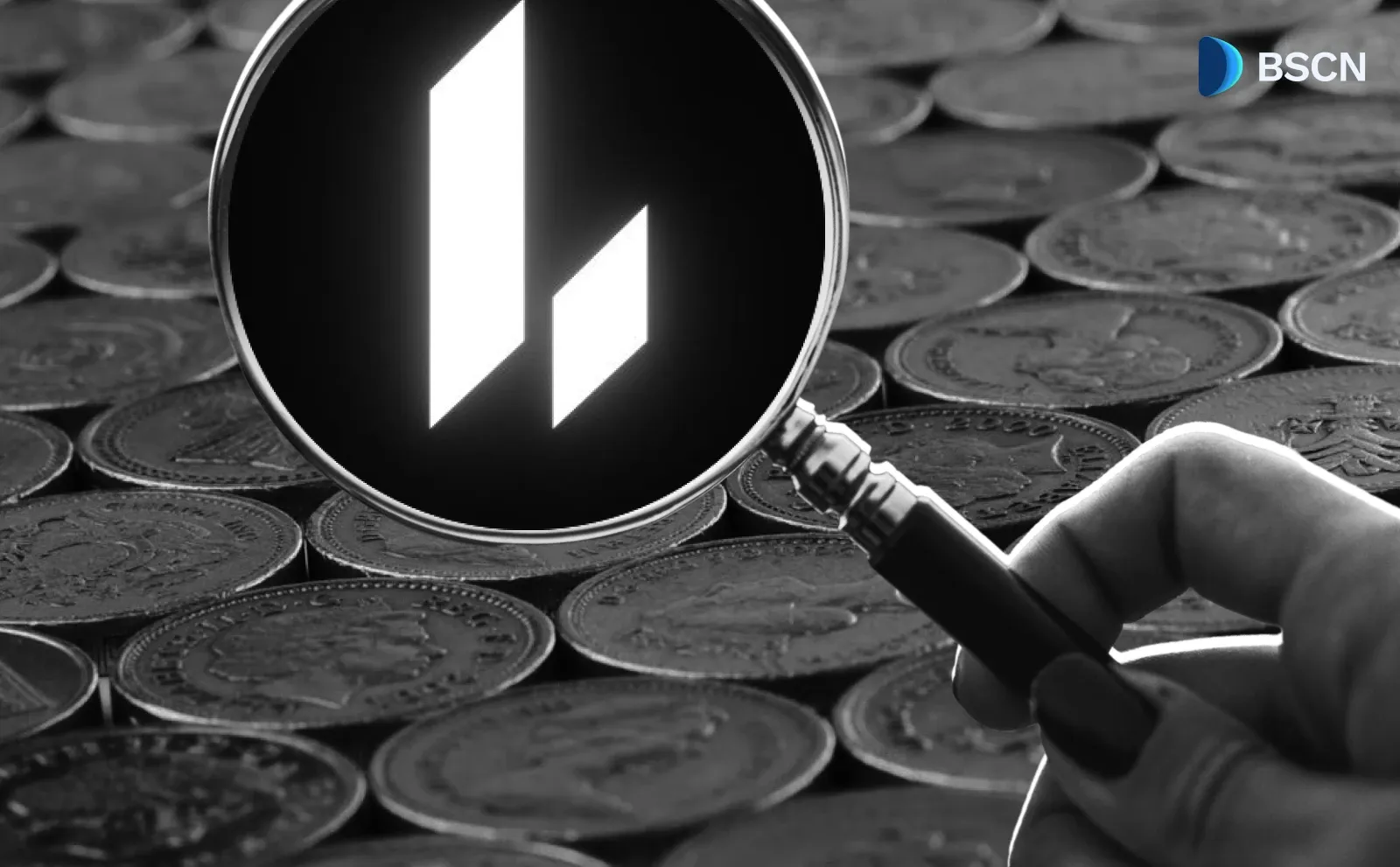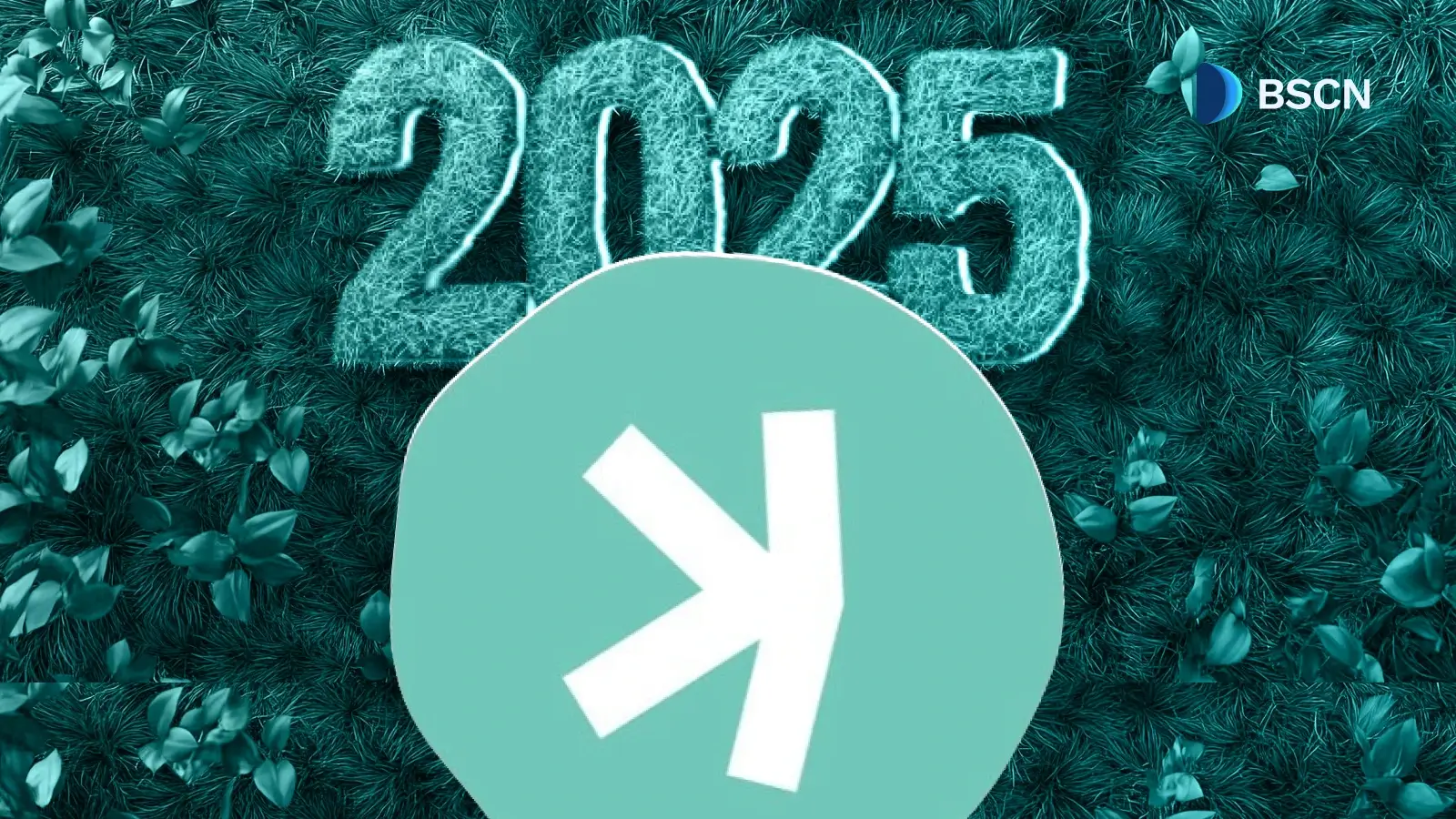Research
(Advertisement)
MetaMask’s mUSD Stablecoin: All You Need to Know

MetaMask introduces mUSD, a dollar-pegged stablecoin designed for seamless holding, swapping, and bridging within its self-custodial wallet.
Miracle Nwokwu
September 17, 2025
(Advertisement)
Table of Contents
MetaMask, the self-custodial wallet used by millions, rolled out its native stablecoin, mUSD, on September 15, 2025. The token, pegged to the U.S. dollar, aims to streamline transactions within the wallet's ecosystem. Users can now hold, swap, and bridge mUSD directly through MetaMask's tools. This launch follows an announcement made in late August, marking a step toward deeper integration of fiat-like assets in decentralized finance.
mUSD Rollout Timeline
The idea for mUSD surfaced publicly on August 21, when MetaMask shared details via its official X account. At that point, the team described it as the first stablecoin from a self-custodial wallet, built to support everyday web3 activities. Expectations built over the following weeks. By early September, MetaMask teased its role in upcoming features, like earning yields on stable assets. Then, just after midday on September 15, the wallet confirmed the live deployment on Ethereum and Linea, its partner layer-2 network.
The rollout came with a contract address for transparency, as early adopters noted quick access through the wallet's interface. By September 16, integrations expanded, including support on Jumper Exchange for cross-chain swaps with minimal slippage. This phased approach—announce, build anticipation, then deploy—reflects MetaMask's pattern of iterative updates.

Understanding mUSD: A Wallet-Native Dollar
mUSD functions as a digital dollar, designed for stability in volatile crypto markets. Each token represents one U.S. dollar, backed fully by reserves of high-quality assets like cash equivalents and short-term Treasuries. Unlike some stablecoins reliant on algorithmic balances, mUSD uses a straightforward reserve model. Issuance happens through Bridge, a Stripe subsidiary focused on compliant stablecoin tech, while M0 handles the underlying infrastructure for liquidity and cross-chain movement.
The peg holds through real-time monitoring and redemption options. Users can mint mUSD by depositing USD via approved on-ramps or burn it for fiat off-ramps. This setup prioritizes auditability; reserves are verifiable on-chain, with reports expected quarterly. MetaMask positions mUSD not as a standalone product but as a utility token woven into its services. For instance, it supports dollar-denominated holding without leaving the wallet, reducing the need for external exchanges.
Critics of stablecoins often point to past depegs, like TerraUSD in 2022. mUSD addresses this by leaning on established partners—Stripe's regulatory expertise and M0's decentralized protocols. Still, as with any asset, value stability depends on market conditions and reserve management.
The Mechanics: Backing, Security, and Peg Maintenance
Digging deeper, mUSD's backing relies on segregated accounts holding USD equivalents. Bridge oversees issuance, ensuring each mint matches a deposit. M0's platform adds layers: it enables composability, so mUSD can interact seamlessly with DeFi protocols without custom wrappers. On the blockchain side, deployment on Ethereum provides broad compatibility, while Linea offers lower fees for frequent transactions.
Security starts at the wallet level. Since MetaMask is non-custodial, users control their private keys—mUSD inherits this model. No central entity holds funds. For peg maintenance, arbitrageurs play a role: if mUSD trades above $1, they redeem reserves to sell on markets; below $1, they buy and mint. Early trading shows it hovering near parity, with liquidity pools on Linea drawing initial deposits.
MetaMask covers certain fees, like on-ramp provider costs through Transak, to encourage uptake. This isn't free money—transaction gas on Ethereum can add up—but it lowers barriers for new users. The team emphasizes compliance, citing U.S. regulatory shifts like the GENIUS Act, which clarifies stablecoin rules.
Features That Set mUSD Apart
mUSD shines in its native ties to MetaMask's toolkit. Start with on-ramps: deposit fiat directly into mUSD via the wallet's new flow, powered by Transak. No extra apps needed. Swaps happen through MetaMask Swap, where mUSD pairs with major tokens like ETH or USDC at competitive rates. Bridging to Linea takes seconds, with built-in incentives for liquidity providers.
Spending enters the picture via the MetaMask Card, a debit card linked to wallet balances. mUSD holders can load it for use at over 150 million Mastercard-accepting merchants worldwide. This bridges crypto to daily life—buy coffee, pay bills, all from self-custodied funds. Rollout for card spending follows the September launch, with full availability targeted by year-end.
Through Stablecoin Earn, powered by Aave, users can deposit mUSD to generate yield from lending markets. Rates vary with demand; recent figures show around 4-5% APY on similar assets. It's not passive income without risk, as smart contract vulnerabilities exist; However, Aave's track record adds reassurance. Also, mUSD integrates with Linea protocols like lending platforms and DEXes, boosting its utility overall.
One practical edge is its low-cost fiat entry. MetaMask claims the cheapest on-ramps yet, absorbing provider fees initially. For a $100 deposit, users can expect near-instant conversion to mUSD, minus network costs.
Step-by-Step: Acquiring and Using mUSD
To try out mUSD, first, ensure your MetaMask wallet is updated—mobile or extension versions both work. Head to the assets tab and select "Deposit." Choose mUSD from the list. Enter the fiat amount; Transak handles the rest, converting to mUSD on Ethereum or Linea. MetaMask foots the provider fee for now, so you pay only gas (under $1 on Linea).
To swap, open MetaMask Swap. Pick mUSD as the output, select your input token, and confirm. Rates pull from aggregators for best execution. For bridging, use the built-in tool: select chains, input mUSD amount, and execute. It supports Ethereum-to-Linea and back.
Spending? Link the MetaMask Card in settings if you have one. Load mUSD balance, then use it like any debit card. Track everything in the wallet's history—no separate ledgers.
A tip: Start small. Test a $10 on-ramp to verify the flow. Watch gas prices; Linea keeps them predictable. For yields, navigate to Stablecoin Earn, deposit, and monitor via Aave's dashboard.
mUSD's Place in Linea's Growth
Linea, ConsenSys's Ethereum layer-2, benefits directly. mUSD launches with dedicated liquidity pools, drawing TVL from MetaMask's user base. Protocols like DEXes and lenders integrate it for native pairs, easing fiat onboarding. This could spur activity—Linea already hosts DeFi apps, and mUSD adds a stable anchor.
Early data post-launch shows inflows. Users bridge ETH to Linea, swap to mUSD, then lend or trade. Incentives, like bonus yields, encourage this. It's not revolutionary alone, but paired with MetaMask's reach—over 30 million monthly actives—it amplifies Linea's appeal for everyday DeFi.
What's Next for mUSD and MetaMask
The team hints at expansions. More chains could follow Ethereum and Linea, pending demand. Card spending rolls out soon, tying mUSD to real-world use. Stablecoin Earn might evolve with mUSD-specific pools. Gal Eldar, MetaMask's product lead, noted in the announcement that mUSD cuts onboarding friction, letting users "bring money onchain and spend it anywhere."
While regulatory scrutiny on stablecoins persists, traditional partners like Stripe help navigate it. In the race to prove its edge in adoption, mUSD faces stiff competition from established stablecoins like USDC or USDT. Still, for MetaMask users, it offers a cohesive dollar option inside a trusted wallet.
In sum, mUSD delivers practical tools for holding value steadily. Whether you're bridging assets or earning quiet yields, it fits into every user’s web3 routines.
Sources:
- MetaMask — Live launch tweet: https://x.com/metamask/status/1967605002567876673?s=46
- MetaMask — Blog: "MetaMask announces stablecoin MetaMask USD": https://metamask.io/news/metamask-announces-stablecoin-metamask-usd
- MetaMask — Initial announcement tweet: https://x.com/metamask/status/1958501352805392885?s=46
Read Next...
Frequently Asked Questions
What is mUSD and who issues it?
mUSD (MetaMask USD) is a dollar-pegged stablecoin native to the MetaMask wallet. According to MetaMask, issuance is handled by Bridge (a Stripe subsidiary) with infrastructure and liquidity support from M0, and each token is backed by segregated reserves of cash equivalents and short-term Treasuries.
How does mUSD keep its $1 peg?
MetaMask says mUSD maintains parity through full-reserve backing plus market mechanics: reserves are held in segregated accounts, minting requires a matching USD deposit, and redemption is available via approved off-ramps. Arbitrage (buying when below $1, redeeming when above $1) and scheduled reserve reporting are the main tools for peg maintenance.
How do I buy, swap and bridge mUSD in MetaMask?
Update MetaMask (mobile or extension) and open the Assets → Deposit flow. Choose mUSD and enter the fiat amount (on-ramp handled by Transak). Swap using MetaMask Swap (select mUSD as output) or use the built-in Bridge/bridge tool to move between Ethereum and Linea. Confirm gas/fees and complete the transaction. (If you’re new: test with a small amount, e.g. $10.)
Where can I spend mUSD and earn yield?
mUSD can be used inside MetaMask and in Linea DeFi apps. Practical uses include: Loading the MetaMask Card (debit card for Mastercard merchants) to spend at over 150M locations. Depositing into Stablecoin Earn (powered by Aave) to earn yield from lending markets. Supplying liquidity or trading on Linea DEXes and lending platforms that support mUSD.
Disclaimer
Disclaimer: The views expressed in this article do not necessarily represent the views of BSCN. The information provided in this article is for educational and entertainment purposes only and should not be construed as investment advice, or advice of any kind. BSCN assumes no responsibility for any investment decisions made based on the information provided in this article. If you believe that the article should be amended, please reach out to the BSCN team by emailing [email protected].
Author
 Miracle Nwokwu
Miracle NwokwuMiracle holds undergraduate degrees in French and Marketing Analytics and has been researching cryptocurrency and blockchain technology since 2016. He specializes in technical analysis and on-chain analytics, and has taught formal technical analysis courses. His written work has been featured across multiple crypto publications including The Capital, CryptoTVPlus, and Bitville, in addition to BSCN.
(Advertisement)
Latest News
(Advertisement)
Crypto Project & Token Reviews
Project & Token Reviews
Comprehensive reviews of crypto's most interesting projects and assets
Learn about the hottest projects & tokens
















